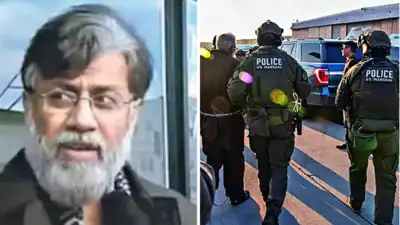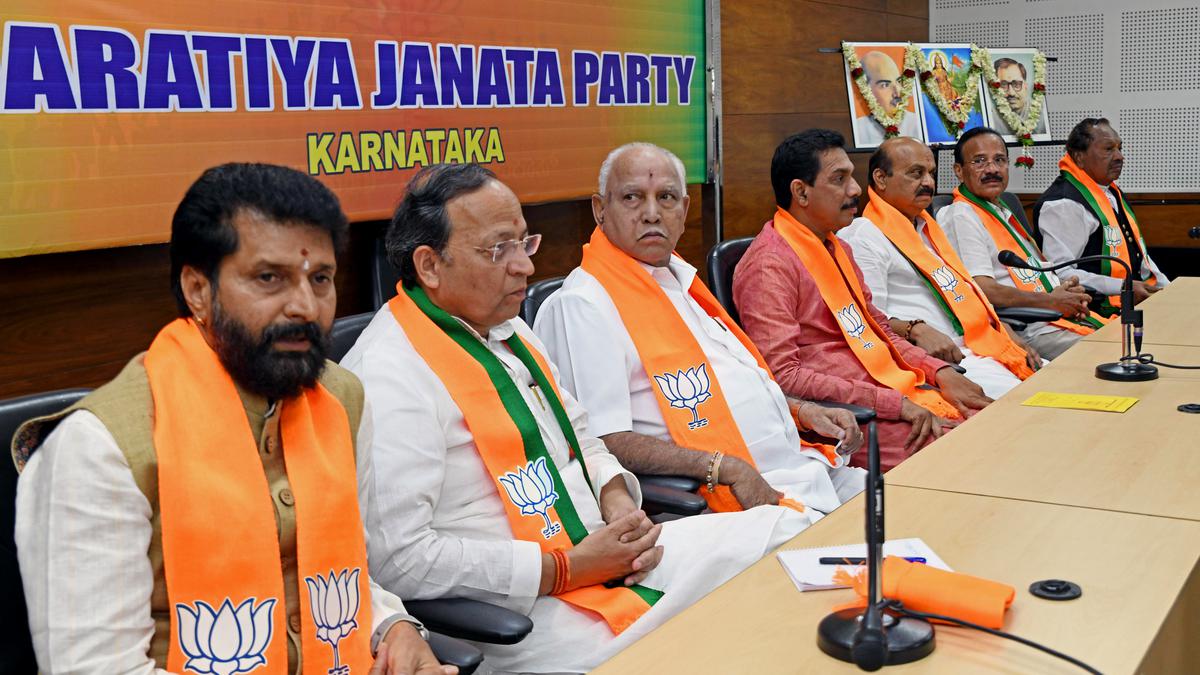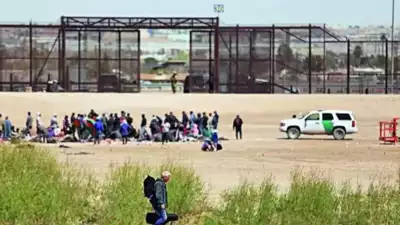NEW DELHI: Tahawwur Rana (64), one of the key accused in the 26/11 Mumbai terror attacks, has been placed under “suicide watch” in a high-security cell at the National Investigation Agency (NIA) headquarters in the capital. His 18-day custody was granted to the agency by a special court after his extradition from the United States.
Rana, a Pakistani-born Canadian national, was flown into India on Thursday evening and is being held in a 14×14-foot cell on the ground floor of the NIA facility on Lodhi Road. The premises are under tight, multi-layered security, and Rana is being monitored around the clock through both human oversight and CCTV surveillance. “He is only allowed to use a soft-tip pen to ensure he cannot harm himself,” a source told Times of India.
The NIA began questioning Rana on Friday, focusing on uncovering the broader conspiracy behind the 2008 terror attacks. Investigators are particularly interested in his alleged links to Pakistan’s ISI and his association with David Coleman Headley, also known as Daood Gilani. Headley, currently imprisoned in the US, is suspected to have established sleeper cells in India across locations including Pushkar, Goa, and Delhi, with Rana’s help.
Meanwhile, political reactions followed swiftly after Rana’s arrival. The Congress party claimed that the extradition was the result of long-standing diplomatic and legal efforts initiated during the UPA regime—not the Modi government.
In a statement, former Union Minister P. Chidambaram said, “While the Modi government is rushing to take credit, the truth is far removed from their narrative. This extradition is the culmination of 15 years of patient diplomacy and coordination initiated under the UPA, not the result of any sudden breakthrough or chest-thumping.”
Chidambaram added that the process began on November 11, 2009, when the NIA registered a case in Delhi against Headley, Rana, and others. He highlighted that in 2012, External Affairs Minister Salman Khurshid and Foreign Secretary Ranjan Mathai raised the issue of extradition with US Secretary of State Hillary Clinton and Under Secretary Wendy Sherman, calling it a “textbook example of effective diplomacy.”
He emphasized that the groundwork laid during the UPA tenure kept the case alive through institutional mechanisms, even after the government changed in 2014. According to Chidambaram, the joint statement by PM Modi and US President Trump in February 2025 was an attempt to claim credit for a process set in motion years ago.




